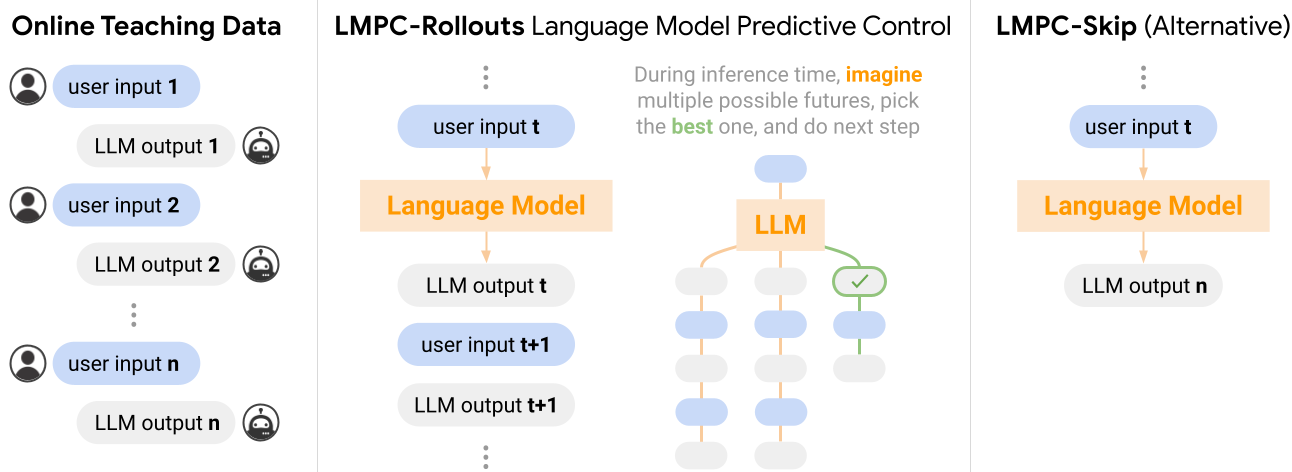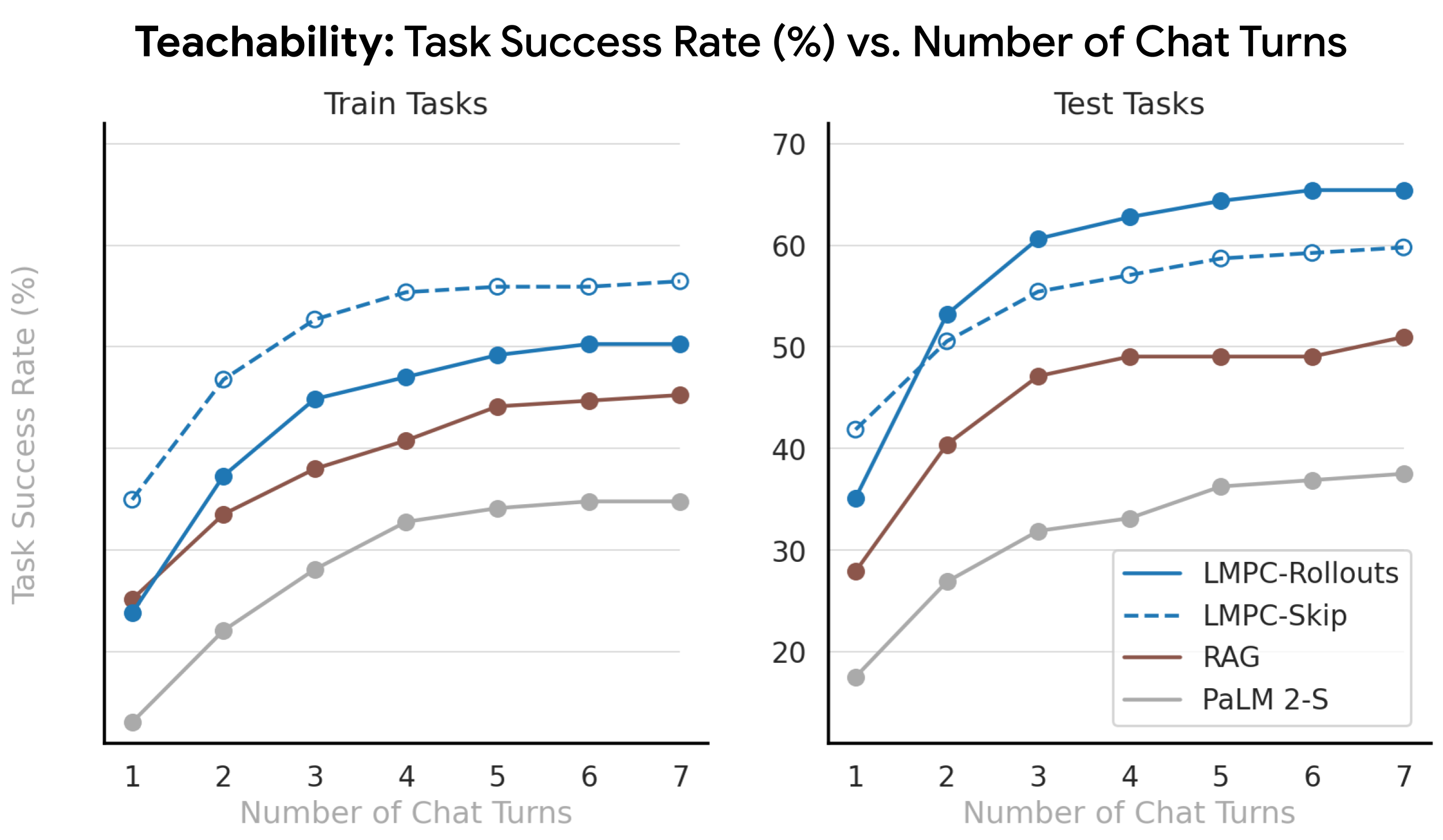Acknowledgments
We thank John Guilyard for his expert animations, and Giles Ruscoe for beautiful renderings. We thank Steven Bohez,
Yuval Tassa, Tom Erez, Murilo Martins, Rugile Pevceviciute, David Rendleman, and Connor Schenck for their dedication to
ensuring we had strong simulated environments. We thank Travis Armstrong, Noah Brown, Spencer Goodrich, Craig Hickman,
Atil Iscen, Jerad Kirkland, Jason Powell, Stefano Saliceti, Ron Sloat, Sergey Yaroshenko, Eddie Yu, Grace Vesom, and
Jake Varley for additional robot platform support and robot lab operations. Special thanks to Michael Ahn, Kendra Byrne,
Aleksandra Faust, René Wagner, Yuheng Kuang, Yao Lu, Yansong Pang, and Zhuo Xu for supporting this project.
We thank all the teachers who volunteered to collect the robot teaching data. We also thank the Google DeepMind
Visualization and Human Interaction teams for their help with the development and support of the chat interface. We also
want to thank the entire Google DeepMind Robotics team whose tireless efforts can be traced to additional support on
this paper. This includes Administrative, Product, Programs, and Strategy teams whose contributions impact all of the
team’s successes. We also want to thank our friends in Google DeepMind and Google Research for their guidance,
inspirational research, and even direct contributions.



